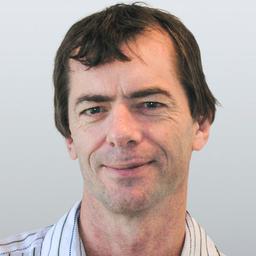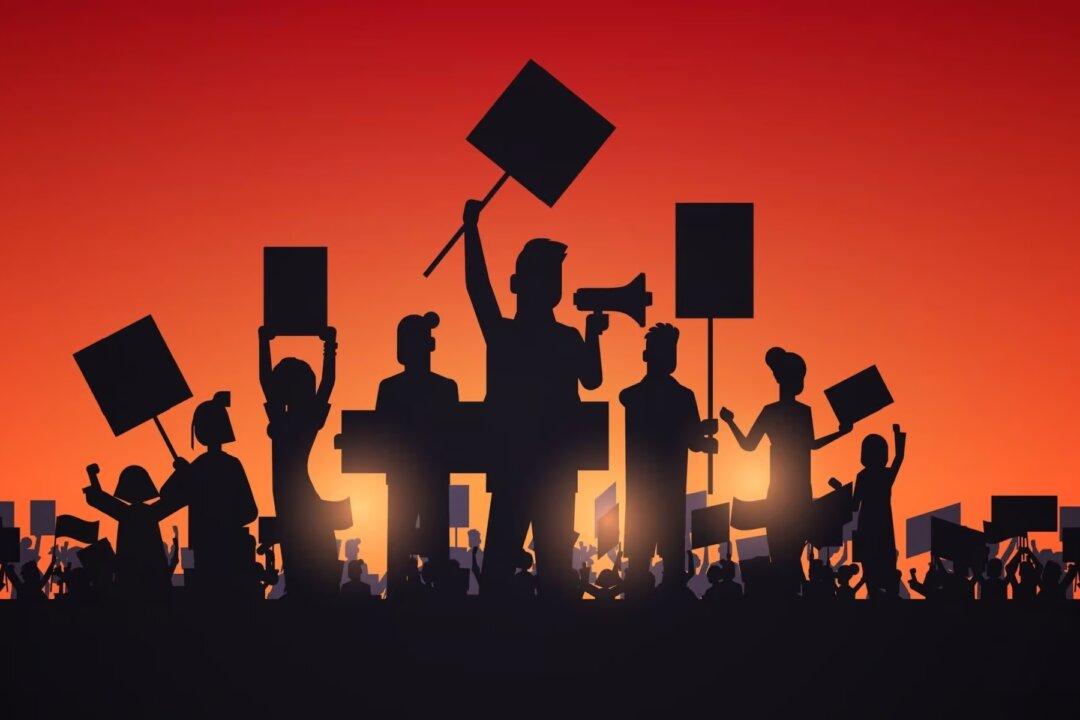Commentary

Fer Gregory/Shutterstock
|Updated:
David Bell, senior scholar at the Brownstone Institute, is a public health physician and biotech consultant in global health. He is a former medical officer and scientist at the World Health Organization (WHO), programme head for malaria and febrile diseases at the Foundation for Innovative New Diagnostics (FIND) in Geneva, Switzerland, and director of Global Health Technologies at Intellectual Ventures Global Good Fund in Bellevue, Wash.
Author’s Selected Articles




